Ukraine
Ukraine
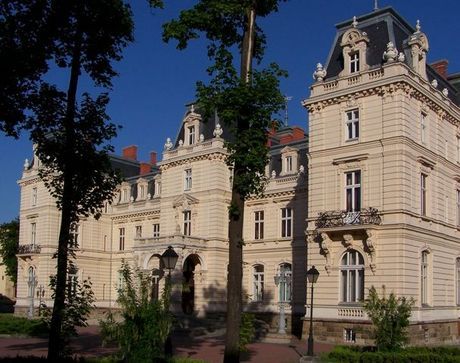
The Palace of Counts Potockis is a majestic edifice in French Neo-renaissance style of late 19th century.
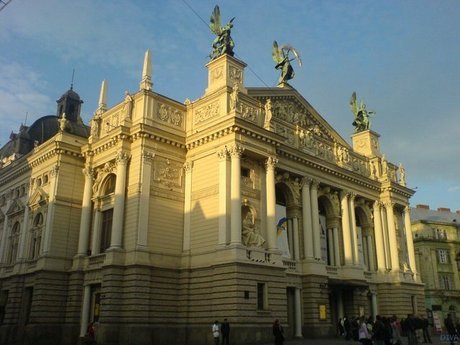
Today’s Lviv has become synonymous with Ukrainian nationalism, but in reality 19th century Lviv was in many was the archetypal Habsburg city, populated by a diverse ethnic and national mix of communities that reflected the multi-ethnic make-up of the Habsburg crown’s patchwork domains. This multi-national population turned Lviv in a proud imperial city and created an ambience that remains tangible in the gentle Austrian architecture and thoughtful coffee shop culture of today’s Lviv.
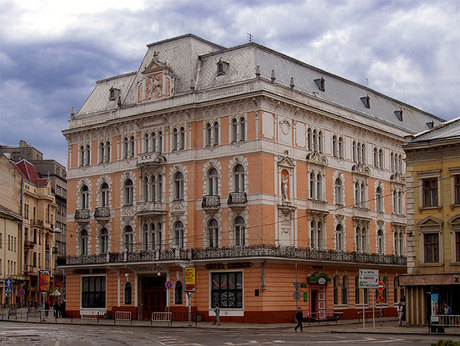
The George Hotel is the oldest functioning hotel in Ukraine, built in 1901 in the Neo-Renaissance-Neo-Baroque style.
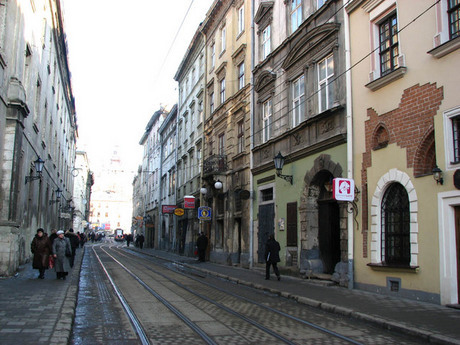
The ensemble of Ruska Street (16-20th centuries) includes residential houses and administrative buildings of ancient Lviv. The earliest mention of the Street is in 1472. Throughout the centuries it was populated mostly by Ukrainians, called in the Galicia of that time "Ruthenians". Hence the name of the Street - Ruska.
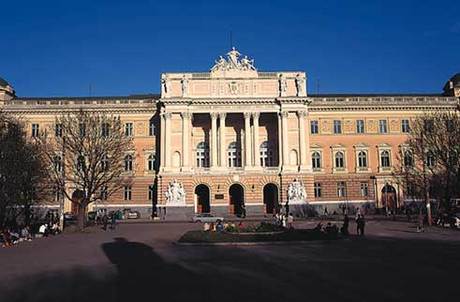
The Ivan Franko National University of Lviv presents a Viennese Neo-Renaissance monument of 1877-1881.
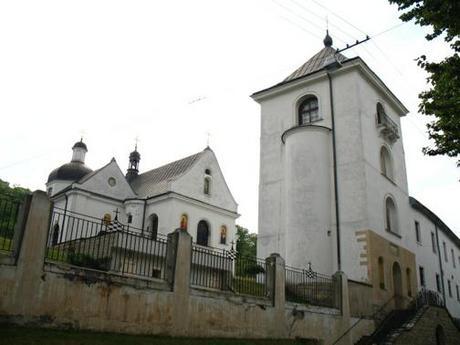
The Greek Catholic Church and Basilian Monastery of Saint Onuphrius (36 Bohdana Khmelnytskoho Street), a monument of the 16-19th centuries, holds a significant place in Ukrainian history and culture.
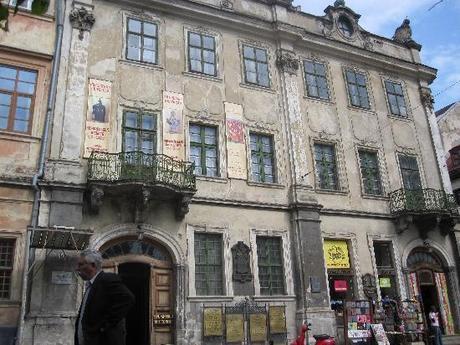
The Palace of Bielskis is the most characteristic example of Lviv's classicistic Art Nouveau. The building was designed by architect Ivan Bahensky and constructed in 1923 for the family of Bielski magnates. The palace has two storeys with a mezzanine and a risalita in the right part. The composition of the main facade is asymmetric, being skilfully blended into the inclined relief. The main portico is emphasized by the vertical line of Corinthian columns which support the attic balustrade. The palace is located deep within the land plot and surrounded by a metal fence.
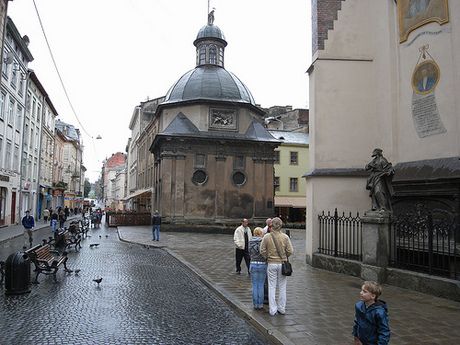
The Chapel of Boim family is a small shrine in Lviv, Ukraine, located just outside the Latin Cathedral, in what used to be known as the Chapter Square. Built between 1609 and 1615, the chapel was originally located in what used to be the city's main cemetery. Founded by mighty merchants, Jerzy Boim and his wife Jadwiga Niżniowska, the Boim chapel was finished by their son, Paweł Jerzy Boim.
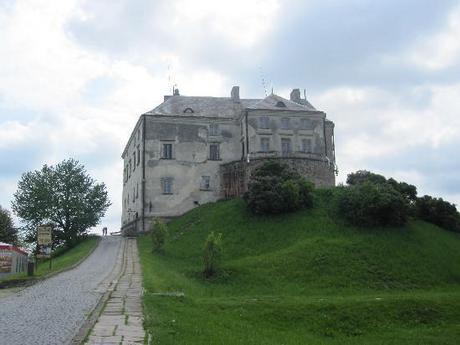
The place where Polish King Jan III Sobieski spent many years of his life. The king became famous because he managed to stop the advance of the Ottoman Empire in Europe. The old castle, mentioned in written sources for the first time in 1327, has a lot to tell after almost seven centuries of existence. Its history lives on its premises.
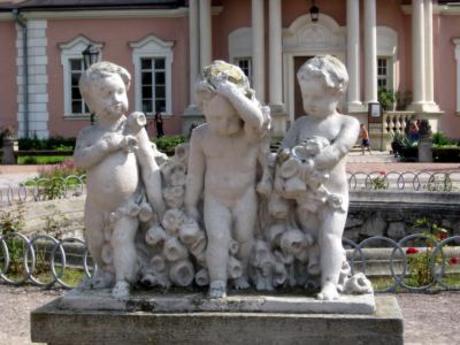
There are hardly any castles in the world that went through such roller coaster transformations – from royal residence to a hospital, vocational school for farming machinery mechanics, ghost-haunted ruins, museums, crumbling structures in perpetual state of restoration where cows and goats graze on once well-kept lawns. If you expect to see well maintained castles similar to those scattered around Western Europe, then this tour is not for you. Instead, these scarred castles reflect complex and tragic history of Western Ukraine and, in combination with other sites and villages along the way, make for a nice day trip outside of Lviv.
 1 2 3 4 5 67 8 9 10 11 12 13 14
1 2 3 4 5 67 8 9 10 11 12 13 14 
